Have you ever felt like your cat lives in a world of its own—barely glancing your way, only to suddenly appear at your side when you’re feeling down? It’s almost as if these mysterious creatures have a secret playbook, showing affection at the most unexpected (and sometimes desperately needed) moments. For many cat lovers, this aloofness can feel puzzling, even a little cold. Yet, the truth behind feline behavior is far more surprising and heartwarming than most people realize. Dive into the fascinating world of cats and discover why your four-legged friend might seem distant… until your heart truly calls for them.
The Myth of the Independent Cat
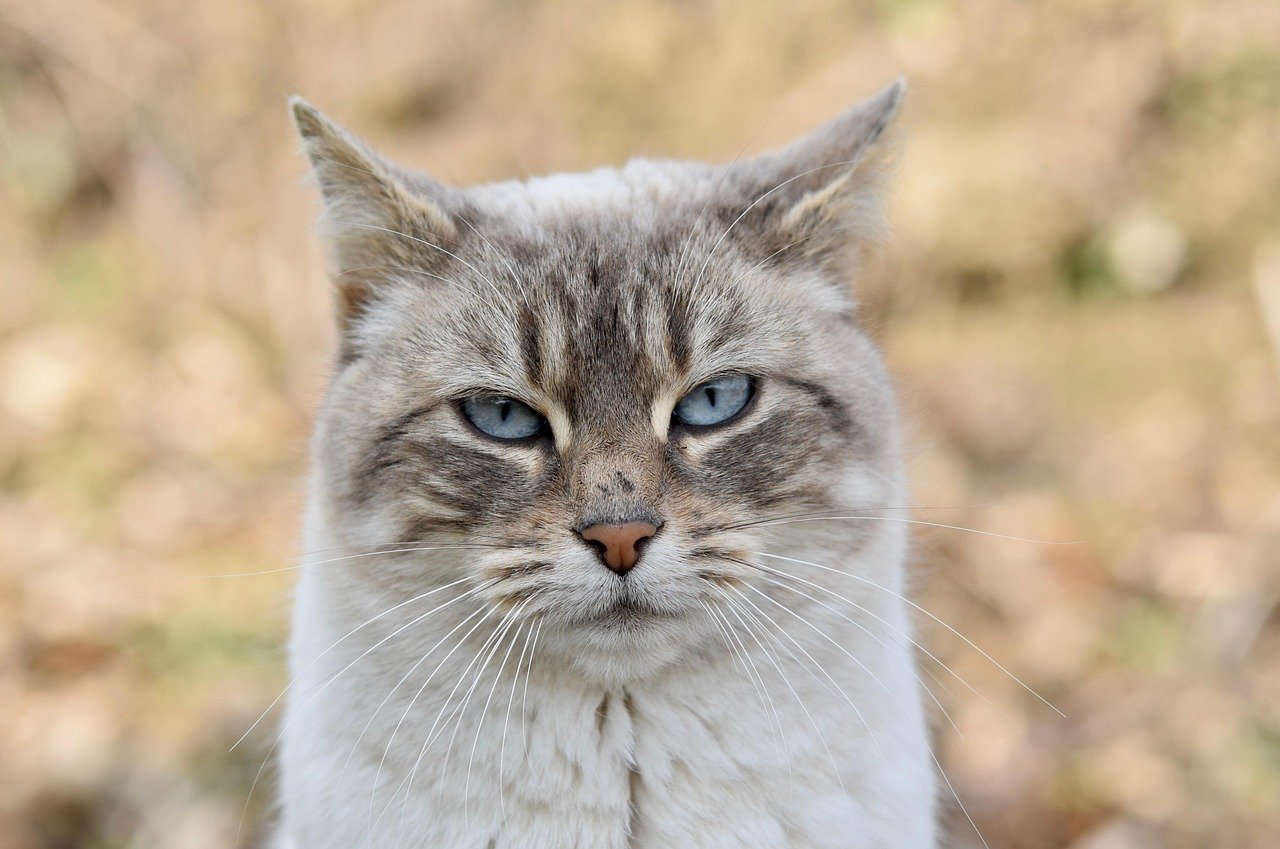
Cats have long been labeled as independent and self-sufficient animals, often compared to their canine counterparts who openly crave attention. This stereotype, however, only scratches the surface. While it’s true that cats value their alone time, their independence doesn’t mean they don’t care. In fact, many felines form deep attachments to their humans, choosing when and how they show it. This careful selection of moments can give the impression that cats are aloof, but often, they’re simply expressing affection in their own unique way. Their so-called independence is more about trust and comfort than true detachment.
Feline Body Language: The Subtle Art of Communication
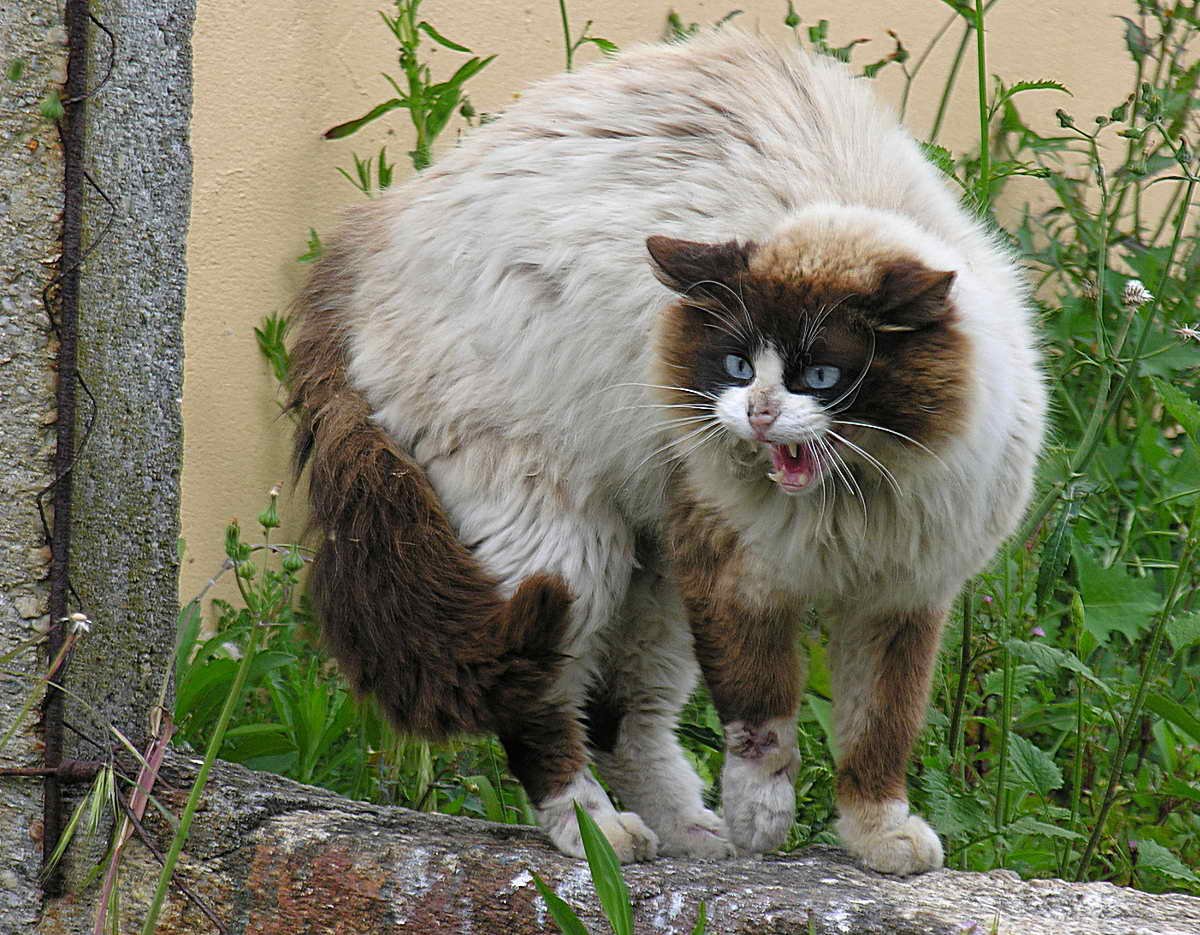
Understanding a cat’s body language is like learning a new language: subtle, intricate, and full of surprises. While dogs might wag their tails or jump up for a hug, cats communicate through gentle blinks, a soft tail flick, or a slow approach. Sometimes, what we interpret as aloofness is merely a cat’s way of observing and processing their environment. If your cat seems distant, it may actually be quietly keeping tabs on you from a safe distance, waiting for the right moment to interact. These delicate signals are easy to miss, but once recognized, they reveal just how attentive your feline companion truly is.
Cats’ Social Structure: Solitary but Not Isolated
In the wild, cats are solitary hunters, but that doesn’t mean they’re anti-social. Domestic cats have adapted to human environments, blending their solitary instincts with a capacity for companionship. They form social hierarchies and even create “friend circles” among themselves and with humans. This unique social structure explains why your cat might seem distant at times—they’re simply following their natural instincts. Yet, when they sense a genuine need or vulnerability, their social side surfaces, prompting them to offer comfort in their own special way.
Attachment Styles: Secure, Ambivalent, or Avoidant?
Cats, much like humans, display different attachment styles. Some cats are secure, confidently seeking out affection and returning to their owners for reassurance. Others are ambivalent or even avoidant, appearing less interested in close contact unless the situation feels just right. These differences can explain why certain cats seem aloof until their humans are in distress. The moment you’re truly in need, even the most distant feline may switch gears, revealing a caring side that’s been there all along, just waiting for the right time.
The Power of Routine: Predictable Patterns in Cat Behavior
Routine is everything to a cat. They thrive on predictable schedules—meals, playtime, and rest all occur like clockwork. When their routine is disrupted, especially if their human is feeling down or anxious, cats notice. Their response might not be overt, but a subtle shift in behavior, such as sitting nearby or following you from room to room, signals their awareness. This sensitivity to routine is one reason why cats may seem more present during times of need, silently providing support by sticking close when life feels uncertain.
The Sixth Sense: Sensing Human Emotions
It’s almost uncanny how cats seem to “just know” when something is wrong. Scientific studies suggest that cats are highly attuned to human emotions, picking up on subtle cues like body language, tone of voice, or even scent changes when their owners are upset. This heightened sensitivity allows them to respond in ways that might surprise you—curling up beside you during a tough day or offering a gentle nudge when you’re sad. Their intuition is a big part of why cats often appear only when you need them most.
Trust: The Foundation of Feline Relationships
Building trust with a cat takes time and patience. Unlike dogs, who may offer unconditional affection to almost anyone, cats are selective. Once a cat trusts you, though, the bond is deep and meaningful. This trust allows them to open up, showing affection and comfort during your moments of need. If your cat seems aloof, it might be because they’re still learning to trust you fully. But when that trust is established, it becomes the bedrock of a relationship where your cat will be there just when you need them most.
The Role of Early Socialization
A cat’s early life plays a huge role in shaping its personality and social behaviors. Kittens that are handled gently and exposed to positive human interactions during a critical window of development often grow up to be more affectionate and less aloof. On the other hand, cats with little human contact as kittens may seem more reserved. However, even shy cats can surprise you by stepping in during times of need, as the bond with their human grows stronger over time.
Cats as Empathetic Companions
Many people are shocked to discover just how empathetic cats can be. Though their empathy is often expressed quietly—by sitting nearby, purring softly, or simply being present—these small gestures carry significant meaning. When you’re sick, stressed, or sad, your cat’s presence can feel like a lifeline. Their empathy isn’t loud or showy; instead, it’s gentle and understated, offering comfort in a way that’s uniquely feline.
The Healing Power of the Purr
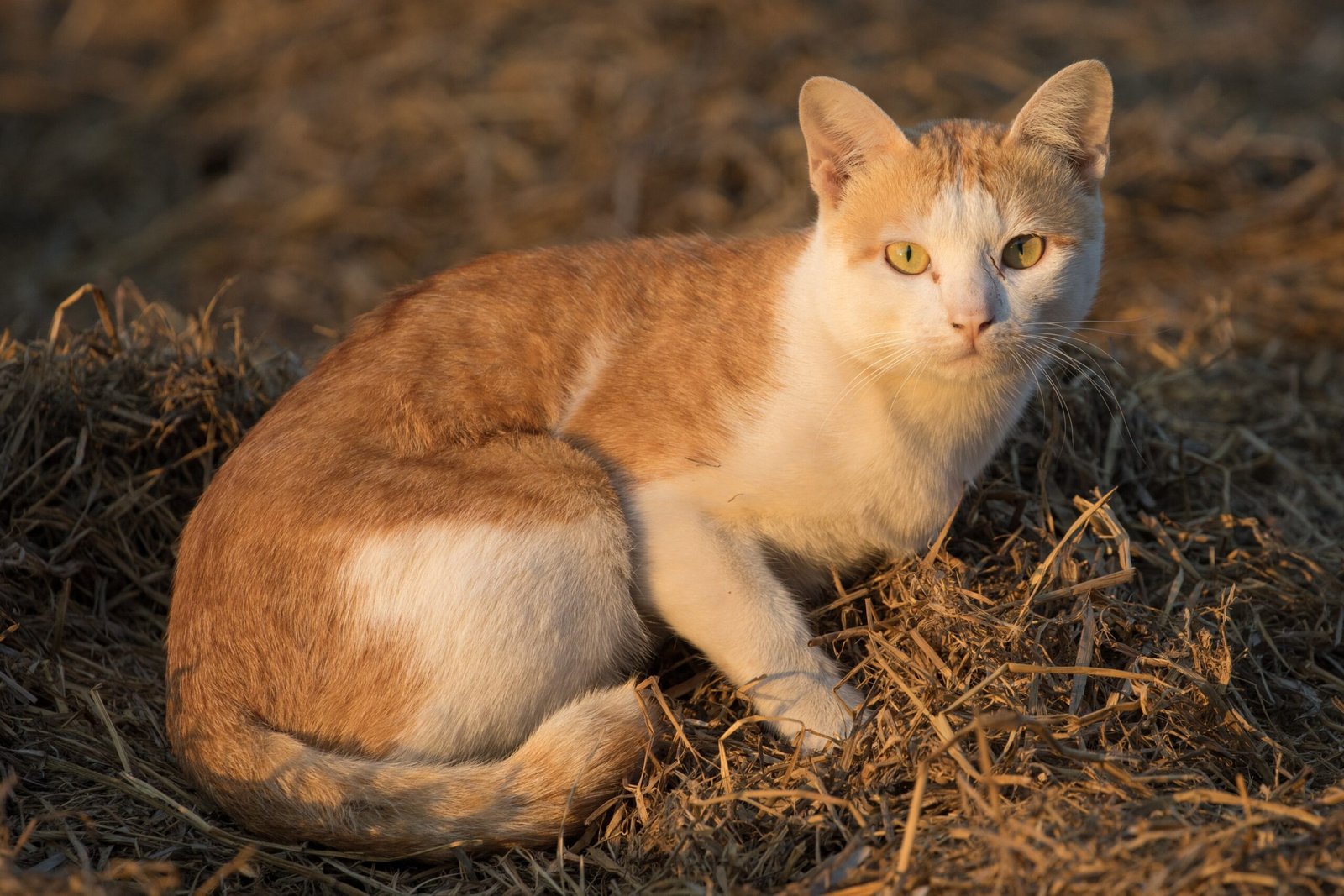
There’s something magical about a cat’s purr. Research shows that the frequency of a cat’s purr can promote healing and reduce stress in humans. When your cat chooses to curl up next to you and purr, especially when you’re feeling low, it’s their way of caring for you. This healing vibration is more than just comforting—it’s a tangible expression of your cat’s affection, delivered right when you need it most.
Why Some Cats Prefer to Watch from Afar
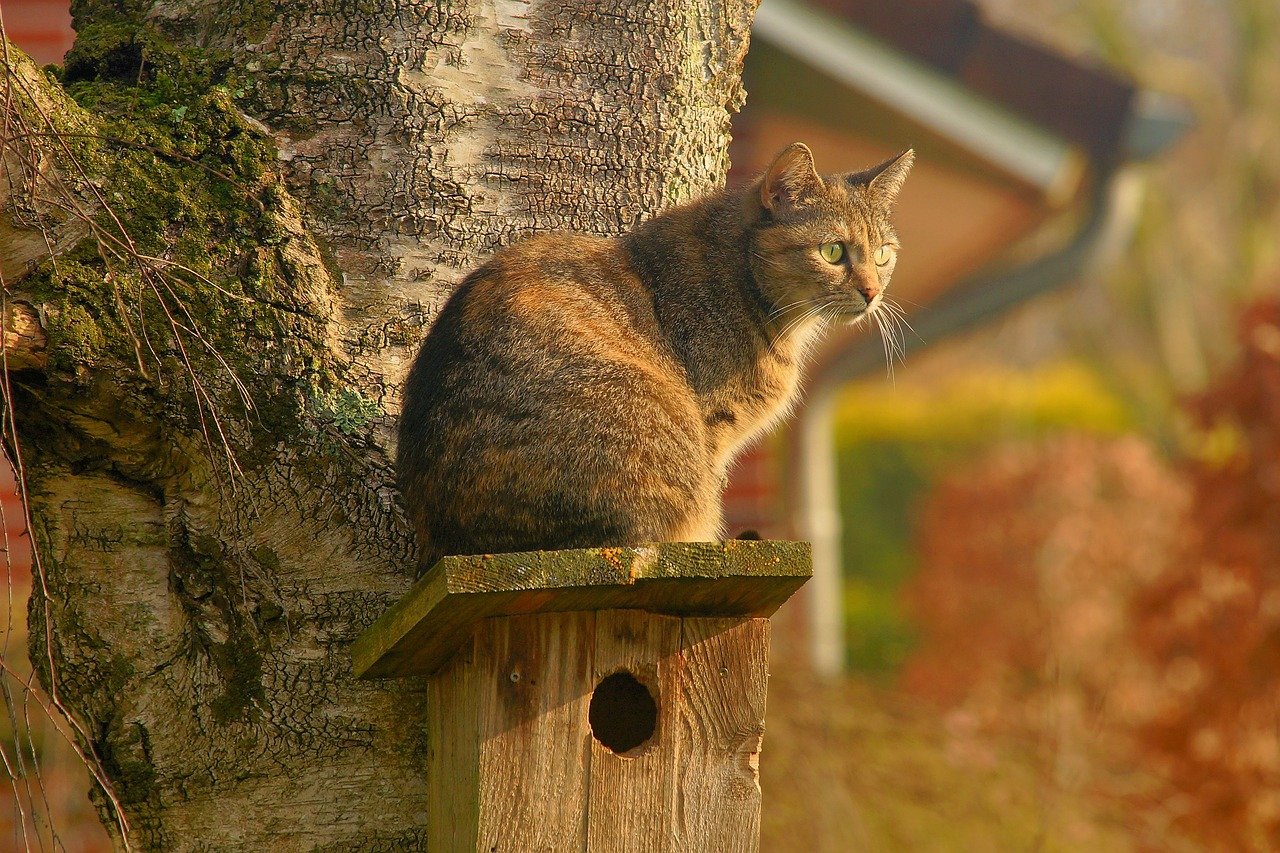
Some cats are natural observers, preferring to watch the world from a safe distance. This isn’t a sign of disinterest; rather, it’s their way of staying connected while maintaining a sense of security. When you’re in distress, these watchful felines often become more visible, choosing to stay close enough to offer silent support. Their quiet company can be deeply reassuring, proving that love doesn’t always have to be loud to be real.
Understanding Cat Initiated Contact
Cats are selective about when and how they initiate contact. You might notice that your cat seeks you out for affection at unpredictable times, especially when you’re feeling vulnerable. This selective approach isn’t random—it’s a sign of their awareness and sensitivity to your emotional state. By choosing their moments carefully, cats make their affection feel even more meaningful, turning simple acts of closeness into powerful gestures.
Stress and Illness: When Aloof Cats Become Caregivers
It’s not uncommon for cats to change their behavior when their owners are sick or stressed. Even the most aloof cat may become more attentive, following you around, resting nearby, or even sharing their favorite toys. This shift in behavior demonstrates a cat’s capacity for empathy and care, stepping out of their comfort zone to provide support when you need it most. Such moments reveal the hidden depths of your cat’s devotion.
The Impact of Breed and Personality
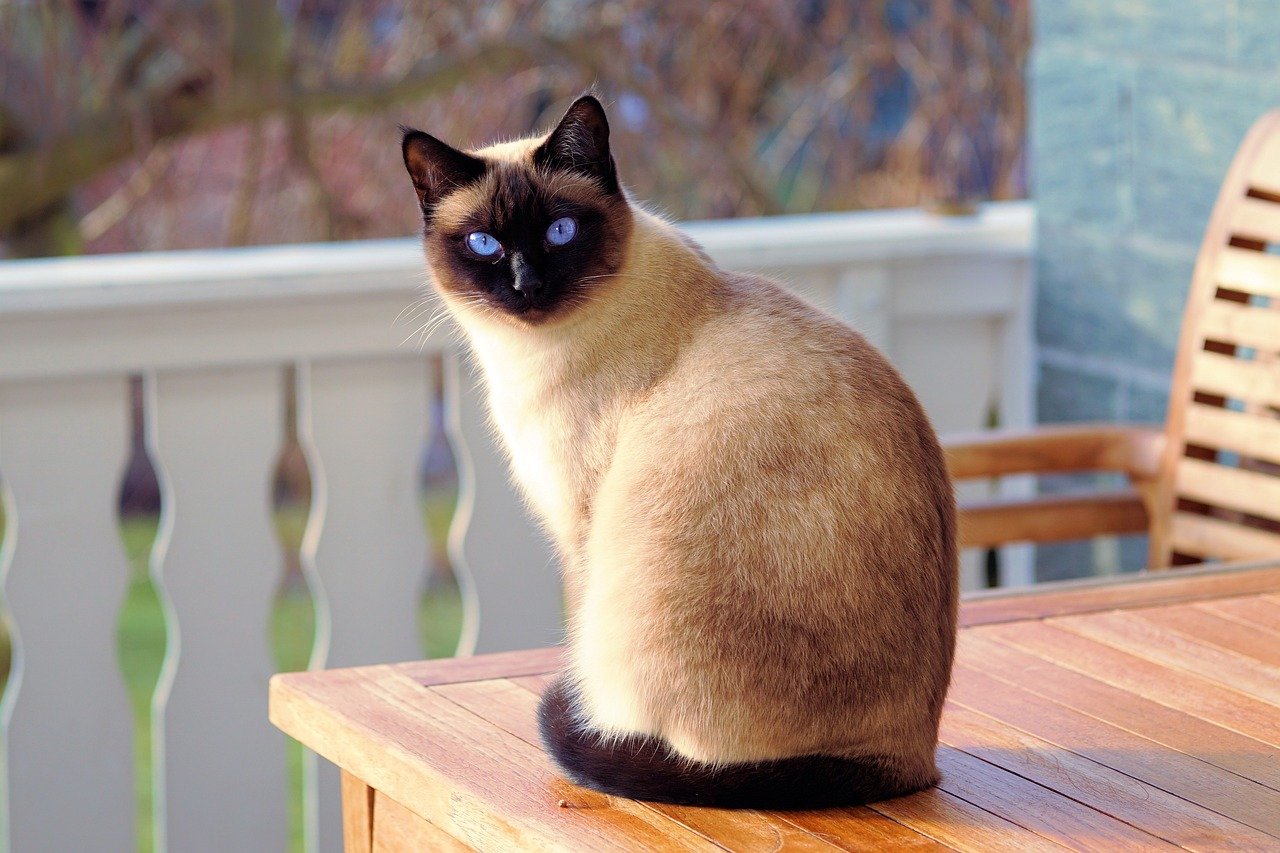
Just like people, every cat is unique. Some breeds, such as Ragdolls and Siamese, are naturally more affectionate, while others like the British Shorthair may be more reserved. However, individual personality plays a bigger role than breed alone. Understanding your cat’s unique temperament can help you appreciate their way of showing love—even if it looks different from what you might expect.
Environmental Factors That Influence Aloofness
A cat’s environment has a big influence on its behavior. Changes in the home, such as new pets, moving furniture, or loud noises, can make cats seem more distant or reserved. However, during times of emotional upheaval, cats may overcome their hesitations to offer comfort. Recognizing how your environment impacts your cat can help you nurture a deeper, more responsive relationship.
Adapting to Human Schedules and Moods

Cats are masters at adapting to the rhythms of their human households. They pick up on daily habits, energy shifts, and even mood swings. When you’re feeling down, your cat might adapt by spending more time near you or offering gentle companionship. This ability to adjust to your needs is one of the reasons cats are such mysterious yet loving companions.
The Importance of Respecting Boundaries
One of the biggest differences between cats and other pets is their strong sense of personal boundaries. Forcing affection on a cat rarely works and can actually drive them further away. Respecting your cat’s space and letting them come to you—especially during emotional moments—builds trust and encourages them to offer comfort on their own terms. In this way, mutual respect forms the basis for a deeper bond.
Learning to Read the Quiet Signals

Cats rarely shout their feelings from the rooftops. Instead, they communicate through quiet signals: a soft head-butt, a gentle purr, or a slow blink. These small gestures, often overlooked, are powerful indicators of your cat’s attachment. Learning to recognize and appreciate these signals can transform your relationship, helping you see just how much your cat cares—even if they seem aloof most of the time.
When Aloofness Masks Deep Affection
It’s easy to mistake a cat’s independence for lack of love, but often, the opposite is true. Many cats show their deepest affection by being present in subtle ways, especially when their owners are struggling. The cat who rarely sits on your lap may suddenly curl up beside you when you’re feeling blue, revealing a hidden well of compassion. This quiet loyalty often goes unnoticed until you need it most.
Why Feline Love Is Worth the Wait
Earning a cat’s affection can be a slow process, but the rewards are profound. The moments when your seemingly aloof cat chooses to comfort you are especially powerful because they feel rare and genuine. This selective show of love makes each gesture more meaningful, reminding you that your cat’s affection is a hard-won treasure. In the end, the patience and understanding you invest in your feline friend pay off in moments of true, heartfelt connection.
Hi, I’m Bola, a passionate writer and creative strategist with a knack for crafting compelling content that educates, inspires, and connects. Over the years, I’ve honed my skills across various writing fields, including content creation, copywriting, online course development, and video scriptwriting.
When I’m not at my desk, you’ll find me exploring new ideas, reading books, or brainstorming creative ways to solve challenges. I believe that words have the power to transform, and I’m here to help you leverage that power for success.
Thanks for stopping by, Keep coming to this website to checkout new articles form me. You’d always love it!






